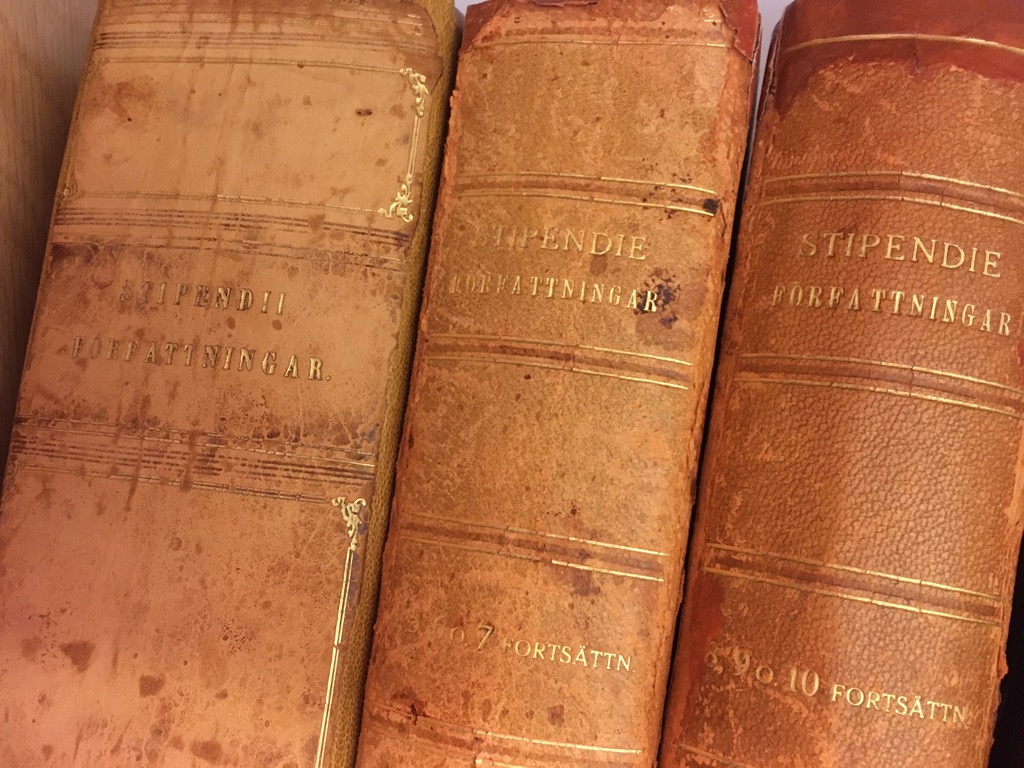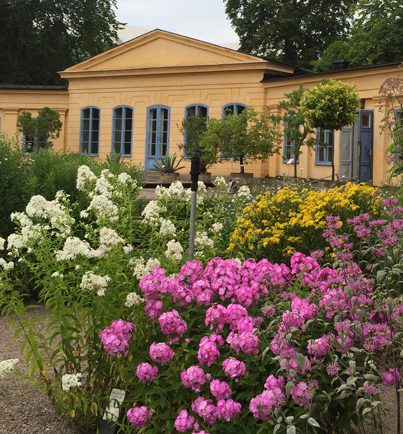Just before Christmas I signed a decision to distribute scholarships for a total of SEK 19 million, which was no doubt a welcome Christmas present for the many students – and some researchers – who received the news. Of all the decisions I take as Vice-Chancellor, this is one of those that give me most pleasure. Tomorrow, 30 January, the next application round opens, with a deadline for applications of 19 February. Here you find more information about this springs´ scholarships.

Scholarships are distributed to some 1,100 individuals each year at Uppsala University, from the roughly 400 different scholarship foundations created by donations to the University. Some of them were established as far back as the 17th century to give more people a chance to study at university. There are still students today who do not have to take out student loans because they receive a scholarship covering several years of studies. The large number of scholarship funds represent an extraordinary possibility to provide financial support to those who choose to study specifically at Uppsala University. As Vice-Chancellor, I take decisions on approximately half the scholarships, while the decisions in the other cases are taken by faculties and student associations (nations).

Every year three or four thousand people apply for an average of ten scholarships each, so the total number of applications received can be as high as around 35,000. Despite this, some scholarships have few applicants. Some foundations give precedence to relatives, others have more general requirements, such as diligence, talent or need. Sometimes a geographical connection is required or membership of a particular student nation. However, if no applicant meets the criteria for precedence, the scholarship can usually be awarded to some other applicant, so it can be worth applying even if you don’t meet all the criteria. About half the scholarships are for undergraduate and Master’s students, and range from SEK 5,000 to SEK 120,000 per year. The other half go to researchers and doctoral students, who can apply for grants for research projects or travel.
Most of the scholarships are managed by Uppsala University Foundations Management of Estates and Funds. In total, they manage no less than 604 different foundations associated with the University. The groundwork was laid by donations to the University from the 1620s onwards. The purpose of the donations was generally to support a specific area of research or other activities at the University, or to encourage individuals to study at Uppsala University. The assets have been well looked after for many generations and benefit both education and research. I’m sure it would please the donors to know that their gifts continue to lead to new discoveries today.
In addition, they create opportunities in other areas as well. For example, they enable us to organise ceremonies and festivities in ways that would be impossible without them. Several prizes awarded by the University come from foundations, including the Geijer Prize, the Oscar Prize, the Gösta Naeslund Prize and many others. Other areas in which the foundations contribute and that also benefit the city and the community are the University’s cultural heritage, gardens and musical activities.
But not all foundations are old. Uppsala University has many friends and has received many donations of a later date. Research inspires interest and many people realise that new knowledge is always needed, not least to tackle major challenges facing society. The University has an office that can be contacted about such matters. You can read about some examples of deserving causes that need support here.


